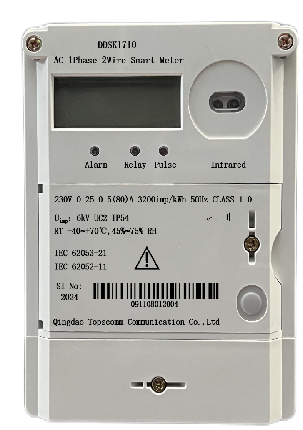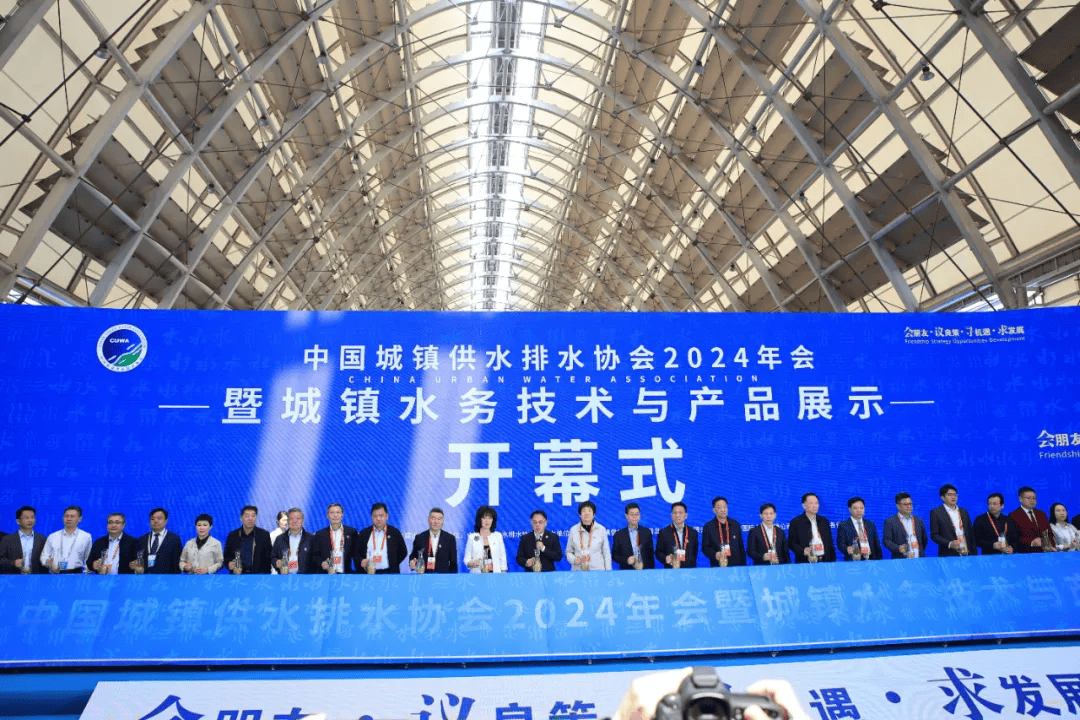Transforming Utility Operations Through Advanced Metering Infrastructure
The utility industry stands at a critical crossroads as aging infrastructure meets rising consumer demands and environmental challenges. Advanced Metering Infrastructure (AMI) has emerged as a cornerstone technology that's revolutionizing how utilities operate, manage resources, and serve their customers. This sophisticated system represents far more than just smart meters – it's a complete communication network that's reshaping the future of utility services and grid management.
As utilities worldwide grapple with the pressures of modernization, AMI utility infrastructure offers a comprehensive solution that addresses multiple challenges simultaneously. From improving operational efficiency to enhancing customer engagement, the implementation of AMI systems marks a significant step forward in the evolution of utility services.
Core Components of Modern AMI Systems
Smart Meters and Communication Networks
At the heart of AMI utility infrastructure lies an intricate network of smart meters equipped with two-way communication capabilities. These devices serve as the foundation for data collection and transmission, enabling real-time monitoring of consumption patterns and network status. The communication infrastructure typically involves a combination of radio frequency (RF) mesh networks, cellular connections, and power line carriers, creating a robust and reliable data exchange system.
Modern AMI deployments utilize sophisticated protocols and encryption methods to ensure secure data transmission while maintaining high availability. This advanced communication layer enables utilities to receive instant alerts about outages, tampering attempts, and other critical events that require immediate attention.
Data Management and Analytics Platforms
The true power of AMI utility infrastructure lies in its ability to process and analyze vast amounts of data. Head-end systems collect and manage the incoming data streams, while powerful analytics platforms transform raw data into actionable insights. These systems employ advanced algorithms and machine learning capabilities to identify patterns, predict maintenance needs, and optimize resource allocation.
Utilities can leverage these insights to make informed decisions about infrastructure investments, load balancing, and customer service improvements. The integration of analytics platforms with existing utility management systems creates a comprehensive operational view that was previously impossible to achieve.
Operational Benefits of AMI Implementation
Enhanced Grid Reliability and Management
AMI utility infrastructure significantly improves grid reliability through proactive monitoring and maintenance. By providing real-time visibility into network performance, utilities can identify and address potential issues before they escalate into major problems. This predictive approach to maintenance helps reduce outage frequency and duration, leading to improved service reliability for customers.
The system's ability to detect and isolate faults quickly enables faster response times and more efficient resource allocation during emergencies. Additionally, load monitoring and balancing capabilities help prevent overloading and extend the lifespan of existing infrastructure components.
Resource Optimization and Cost Reduction
Implementation of AMI utility infrastructure leads to substantial operational cost savings through various mechanisms. Remote meter reading eliminates the need for manual readings, reducing labor costs and vehicle fleet expenses. The system's ability to detect theft and unauthorized consumption helps recover lost revenue and improve billing accuracy.
Furthermore, detailed consumption data enables better demand forecasting and resource planning, allowing utilities to optimize their purchasing and distribution strategies. The reduction in technical and non-technical losses directly contributes to improved financial performance and sustainability.

Customer Experience and Engagement
Real-time Consumption Monitoring
AMI utility infrastructure empowers customers with unprecedented visibility into their consumption patterns. Through user-friendly portals and mobile applications, consumers can access detailed information about their usage, enabling them to make informed decisions about their consumption habits. This transparency helps build trust between utilities and their customers while promoting energy conservation.
The availability of real-time data allows customers to participate in demand response programs and take advantage of time-of-use pricing options. This level of engagement transforms passive consumers into active participants in grid management and sustainability efforts.
Improved Service Quality and Response
The implementation of AMI utility infrastructure significantly enhances the quality of customer service. Automatic outage detection and restoration confirmation eliminate the need for customers to report problems manually. Customer service representatives have access to detailed consumption history and real-time status information, enabling them to resolve inquiries more effectively.
Moreover, proactive notification systems can alert customers about potential issues, planned maintenance, or unusual consumption patterns, demonstrating a commitment to customer care and satisfaction.
Environmental Impact and Sustainability
Carbon Footprint Reduction
AMI utility infrastructure plays a crucial role in reducing the environmental impact of utility operations. The elimination of manual meter reading reduces vehicle emissions, while improved grid efficiency leads to lower energy losses and reduced resource consumption. Smart grid capabilities enable better integration of renewable energy sources and support the transition to a more sustainable energy future.
The system's ability to support demand response programs and energy conservation initiatives contributes directly to reduced carbon emissions and environmental protection goals.
Resource Conservation and Management
Through precise monitoring and control capabilities, AMI utility infrastructure enables better management of natural resources. Water utilities can quickly detect and address leaks, while electric utilities can optimize power distribution to minimize losses. This improved resource management helps conserve valuable natural resources and supports environmental sustainability efforts.
The data collected through AMI systems also helps utilities plan for future infrastructure needs while considering environmental impact and sustainability goals.
Frequently Asked Questions
How does AMI differ from traditional metering systems?
AMI utility infrastructure provides two-way communication capabilities, real-time data collection, and advanced analytics that traditional metering systems lack. Unlike conventional meters that require manual reading, AMI enables automated data collection, remote monitoring, and immediate detection of issues, resulting in improved operational efficiency and customer service.
What security measures protect AMI systems from cyber threats?
AMI systems employ multiple layers of security, including encryption protocols, secure authentication methods, and continuous monitoring for suspicious activities. Regular security updates, robust firewalls, and compliance with industry standards ensure the protection of sensitive data and system integrity.
What is the typical return on investment for AMI implementation?
While initial implementation costs can be significant, utilities typically see positive returns within 3-5 years through reduced operational costs, improved revenue collection, and enhanced resource management. The long-term benefits, including improved customer satisfaction and reduced environmental impact, continue to accumulate over time.







